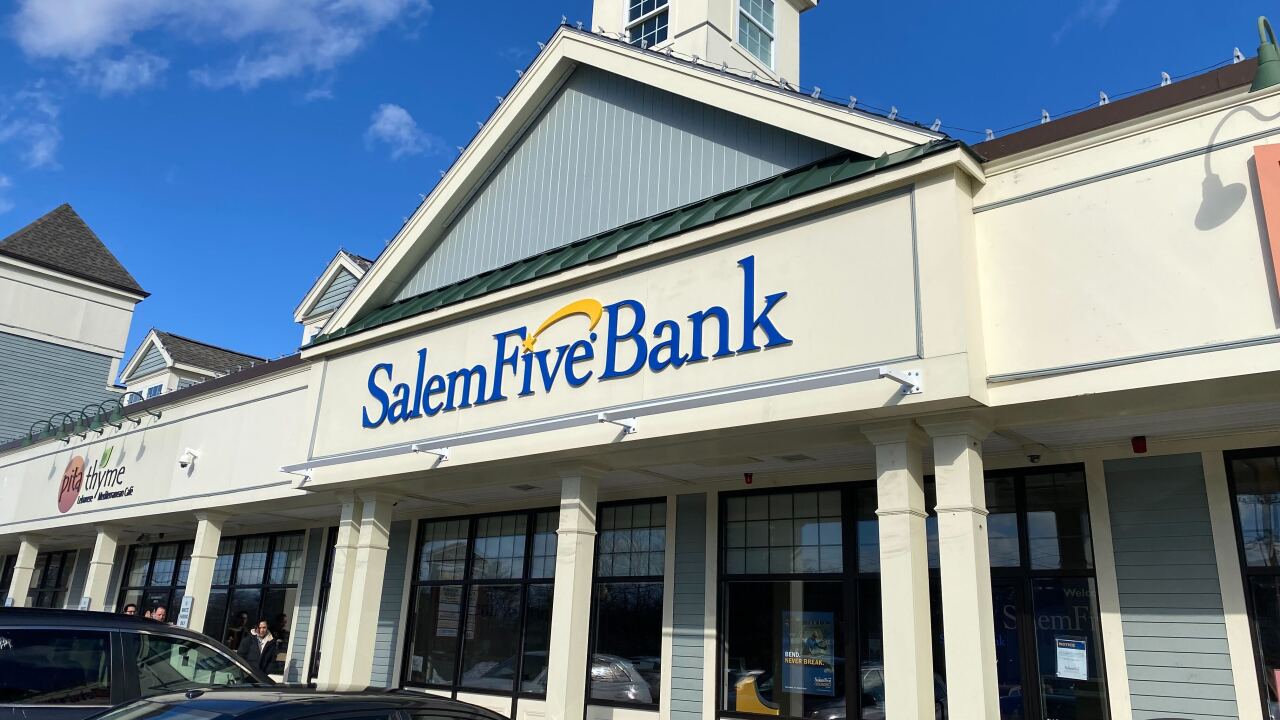
Stablecoins are growing by leaps and bounds, but are only now starting to gain traction as a form of payment.
As the U.S. moves toward
"Stablecoin payments were a drizzle in 2022, but it's definitely picking up now," Michael Shaulov, CEO of Fireblocks, a digital asset infrastructure company that processes stablecoin transactions, told American Banker
What are payment stablecoins?
Stablecoins are a type of cryptocurrency that are backed by reserves of assets, such as U.S. dollars, euros or Treasuries.
Eighty eight percent of a survey of 300 executives across payments, compliance and treasury functions say regulation is no longer a barrier to using stablecoin payments, according to research from Fireblocks. Forty nine percent of these companies' executives are using stablecoins for payments, 23% are in pilot and 18% are planning stablecoin payment support.
About 5% of the stablecoin volume Fireblocks processed at the start of 2024 was for payments; it's now above 20%. The uptick in payments comes amid rapid growth in overall stablecoin transactions, including both buying and selling. Stablecoin transaction volume grew from $560 billion in 2020 to $5.7 trillion in 2024, according to
A market for payment firms
It's unlikely that stablecoins will be widely used as a form of currency directly at the point of sale. That provides an opportunity for payment firms, particularly outside of traditional banking, to sell systems that quickly convert stablecoins to fiat, or traditional currency, making it easier for merchants to accept payments without a stablecoin-specific upgrade.
As the amount of stablecoins in circulation increases —
Stablecoins for banks?
Some banks, such as
Stablecoins open up the opportunity for nonbanks to become an even more significant portion of money movement, Tony DeSanctis, a senior director at Cornerstone Advisors, told American Banker.
"Today, digital wallets and nonbank fintechs are moving billions of dollars with limited to no bank interaction," DeSanctis said "Stablecoins represent a money movement capability and also can become a location to store value."
As stablecoins grow, the competitive impact on traditional banking remains to be seen.
"The payments and deposit disruption has the potential to be significant," DeSanctis said, adding that what remains unclear is the extent to which traditional banking protections, such as FDIC insurance, charge-backs and other risks that banks manage will be critical to consumers moving forward.
While fintechs and other payment companies have been developing stablecoin-specific products for years, there has been a flurry of recent activity. Here are some moves payment companies have made in the past two months alone.
Stripe's stablecoin accounts
Stripe in May issued dozens of new payment products, focusing on
Stripe's AI engine accesses tens of billions of transactions, capturing signals about payments that traditional models miss — improving risk assessment and processing speeds. These are key elements in using digital assets such as cryptocurrency, which often rely on "smart contracts" that trigger automatic payments, as a way to transfer value
It also launched Stablecoin Financial Accounts to businesses in 101 countries. The product comes three months after Stripe's acquisition of stablecoin platform Bridge. The accounts enable business owners in countries with volatile currencies to hedge against inflation while selling and buying from firms in countries with developed economies.
Stripe, which specializes in creating digital payments for small businesses, sent a "strong message" about the potential of stablecoins to power payments, Shaulov said. "Once Stripe got involved, we started getting lots of calls about how stablecoins can be used for payments."

Mastercard's stablecoin gig
The card network has made several moves in recent years that are designed to make
Mastercard's latest move is a May partnership with cryptocurrency company MoonPay to enable people and businesses to make and receive payments by using stablecoins. Companies use Mastercard cards to spend stablecoins by converting to traditional currencies at more than 150 million locations in Mastercard's network.
"Imagine a gig worker who receives payments in USDC or any stablecoin that ends up in a digital wallet," Raj Dhamodharan, executive vice president of blockchain and digital assets, told American Banker. "They can now link that to a card. It's a utility for a host of new users."
Mastercard and MoonPay will use Iron, a stablecoin technology company acquired by MoonPay in March, to facilitate stablecoin-powered payments for businesses and transform crypto wallets into new digital bank accounts for seamless global transactions. This is designed for businesses, neobanks and other parties to manage disbursements.
"Money movement alone doesn't make a difference," Dhamodharan said. "You need the infrastructure on top of it and we think we have a role to play there."

Visa's quest to put stablecoins in motion
Like its rival Mastercard, Visa's recent efforts focus on making cryptocurrency easier, such as cross-border settlement initiative with
The card network in late April partnered with Bridge, a stablecoin technology platform and Stripe subsidiary, to power card issuance. This enables fintech developers that use Bridge to build stablecoin payment rails to offer Visa-branded cards to consumers in multiple countries through a single integration.
Like most stablecoin payment products, the key is a quick conversion, or "off-ramp" from the stablecoin to traditional currency. Visa is applying its vast network of more than 150 million merchant locations and Bridge's technology to enable stablecoin conversions just before the point of sale.
Stablecoin technology in and of itself is pretty transformational," Rubail Birwadker, head of growth products and partnerships for Visa, told American Banker.
Birwadker is also focused on what he called "stablecoins in motion" or transforming them from a store of value to a way to fuel economic activity by speeding payments. "Stablecoins are much more than that," he said. "They can reach merchants worldwide. It's a huge opportunity."

Circle forms a network
USDC issuer Circle in April launched the
Circle's CPN will use stablecoins to enable cross-border use cases for businesses, financial institutions and consumers — including supplier payments, remittances, payroll, capital markets settlement, internal treasury operations and digital asset-powered financial applications. Circle's initial bank partners include Banco Santander, Deutsche Bank, Société Générale and Standard Chartered Bank. These institutions will contribute their global payments expertise to help Circle design the network. The stablecoins include Circle's USDC, EURC and other regulated stablecoins.

PayPal's distribution strategy
Stablecoins have been a major part of PayPal's attempt to recover from a stock slide during the fintech downturn in 2022 and 2023. PayPal, which offers the PYUSD stablecoin, this summer will launch a loyalty program enabling users to earn rewards on PYUSD balances stored in PayPal or Venmo wallets. PayPal will offer 3.75% interest on money held in their stablecoin, a similar loyalty perk that USDC has offered.
Users can use the rewards to make payments through PayPal Checkout, convert PYUSD to traditional currency, make transfers to other PayPal or Venmo consumers and send international payments through PayPal's Xoom app without fees.
PayPal recently expanded its partnership with

Brazilian stablecoins go international
Braza Group, a São Paulo-based cross-border finance company, in May launched its new USDB stablecoin on Ripple's XRP Ledger, enabling remittances and other international payments.
USDB is backed by U.S. dollars, enabling remittances by the volatility of less stable currencies, according to Brazo Group. Similar to Stripe's Bridge collaboration, Braza is focusing on using the U.S. dollar-backed stablecoin as a hedge against fluctuations in local currencies for payments that are sent between two countries with developing economies.

Sending stablecoins back home
The bank, which is positioning the product for banked and unbanked users, partnered with SukuPay, an embedded blockchain infrastructure and cross-border payment fintech, to enable Banco Industrial customers to receive funds from the U.S. in less than 20 seconds for a 99-cent fee using a phone-number-based identity, according to SukuPay. Gaining consumer adoption for all of these stablecoin ventures could be challenging given the failures of stablecoins in the past.
The original crypto boom, which included





